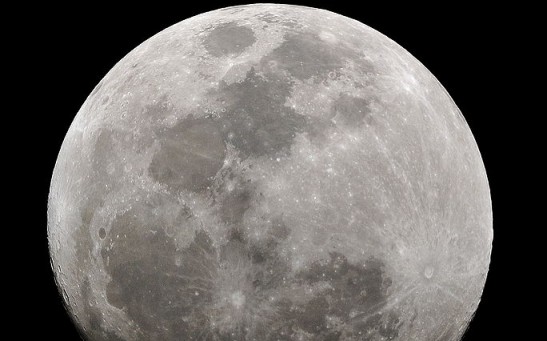moon
Lava Tubes Could Be Shelter for Expedition to Moon
Total Solar Eclipse 2015—Were You Underwhelmed?
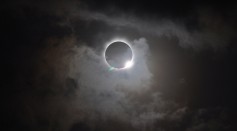
Solar Eclipse Guide March 2015—How To Watch it Tonight From Anywhere on Earth
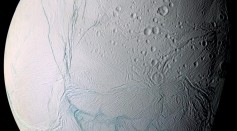
Moon of Saturn Could Provide Answers to the Search for Life Beyond Earth
Methane Based Life Could Exist on Saturn’s Moon, Titan
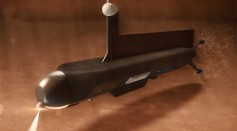
VIDEO—How Antiquated Technology May Reveal the Secrets of Titan’s Seas
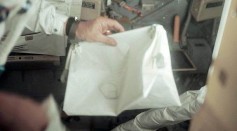
Neil Armstrong's Apollo 11 Artifacts Stowed Away For More Than 40 Years
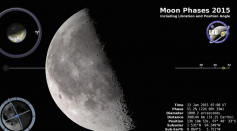
What Lies On the 'Dark Side' of the Moon?
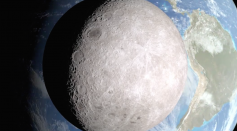
Thanks To Lunar Reconnaissance Orbiter NASA Reveals What Lies on the Dark Side of the Moon
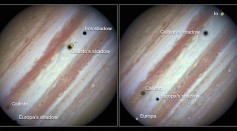
Three Moons Cast Shadow on Striped Gas Giant—Jupiter
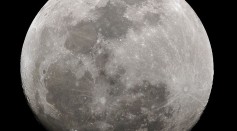
China’s Space Program Reaches New Milestone on the Moon
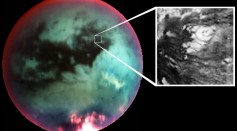
Saturn’s Titan Was Likely Sculpted by Rogue Winds Gusting on the Moon
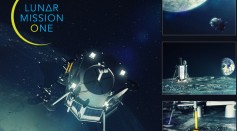
A Kickstarter That’ll Send Memories to the Moon

Lunar Mission To Take Remnants of Earth’s Culture to Space
Most Popular

Optimizing Complex Catalog Systems with Graph Theory and Indexing

AI Revolution in Medical Education: Transforming How Healthcare Professionals Learn

Practical Steps to Future-Proof Your Money to Create Financial Security

Nikolay Karpenko Biography, Photo, Career, Accomplishments

